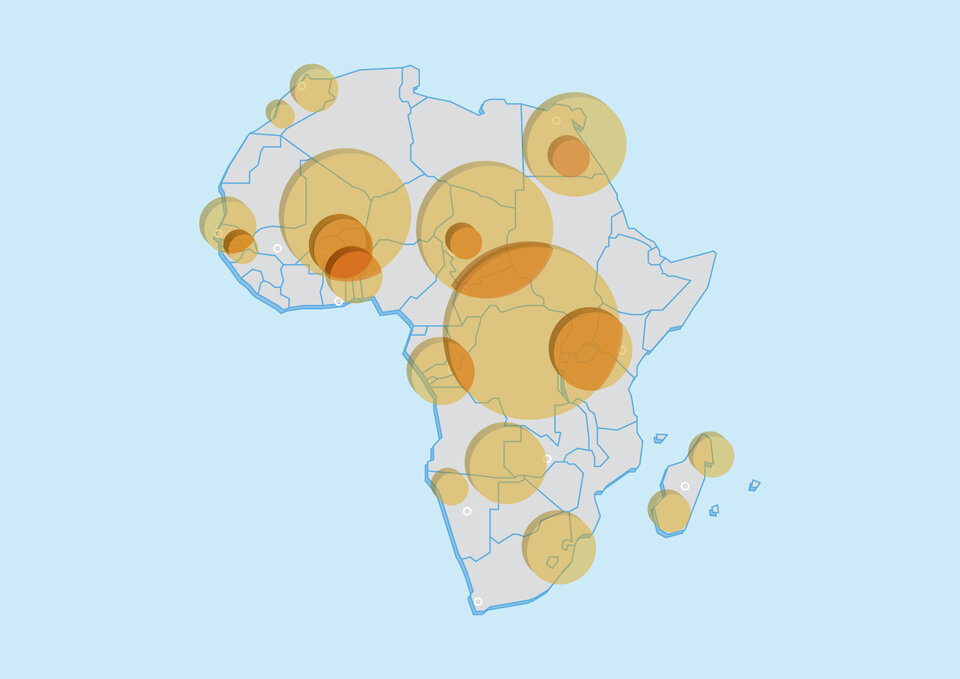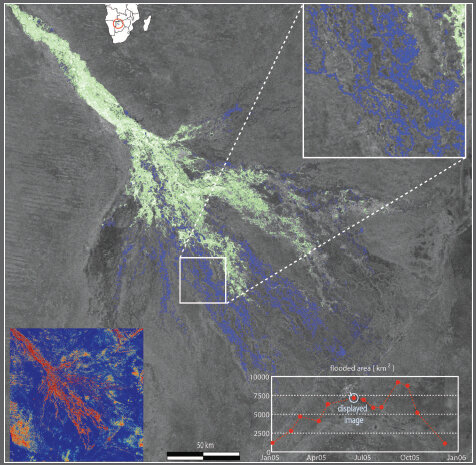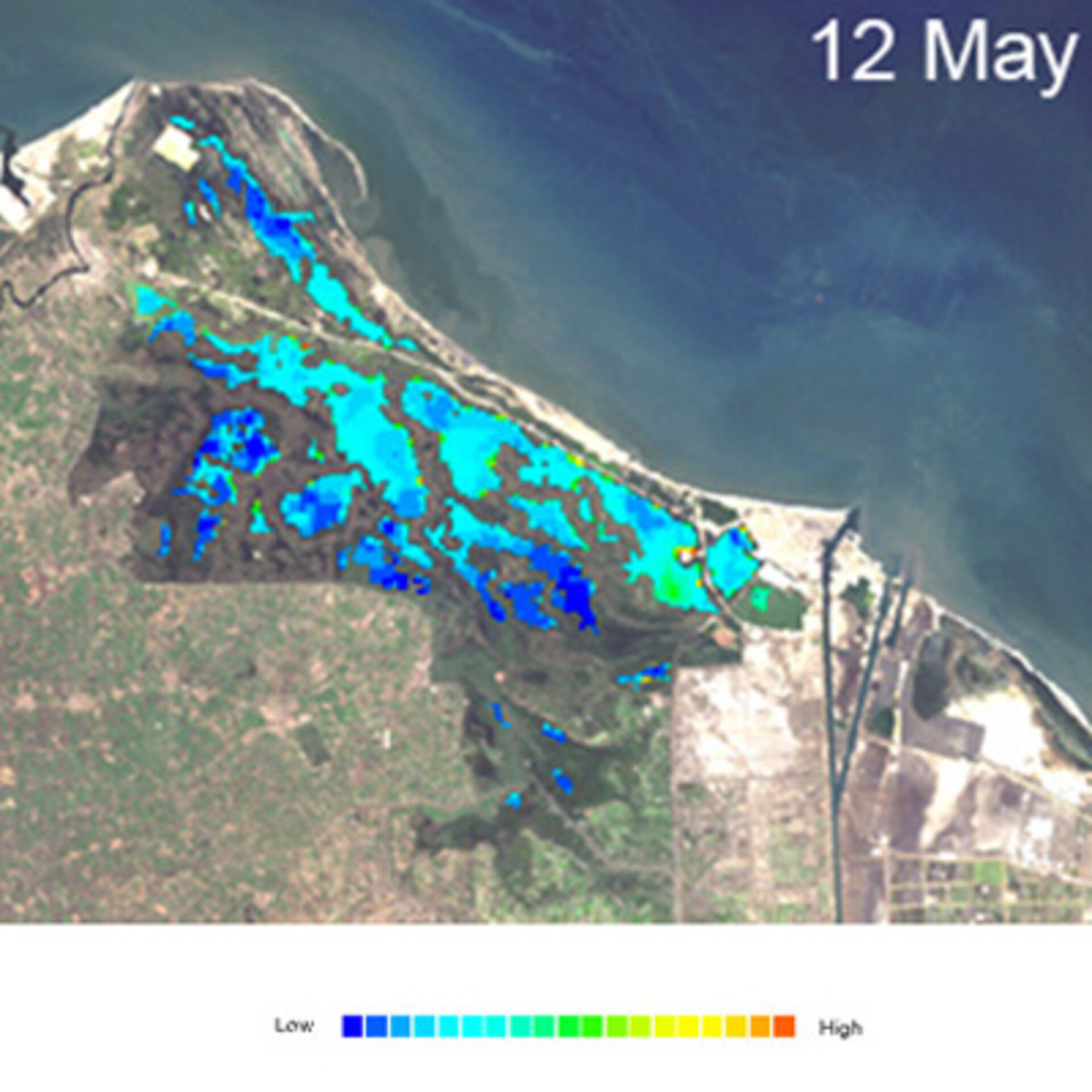ESA’s TIGER II to support 20 water projects in Africa
ESA’s TIGER II initiative has selected 20 project proposals across Africa to receive support from Earth-observation technology to learn more about the water cycle and to improve water-monitoring resources.
TIGER II is based on the results and achievements of its precursor TIGER I, which sought to help African countries overcome water problems and to bridge Africa's water information gap using Earth-observation (EO) technology.
Under TIGER I, EO techniques and methods were adapted to specific user needs and local conditions in close collaboration with African partners, such as the Lake Chad Basin Commission, the Observatoire du Sahara et du Sahel in Tunis, the Centre Royal de Télédétection Spatiale in Morocco, the Zambian Water Authorities and the Regional Centre for Mapping Resources for Development (RCMRD) in Nairobi. Projects focused on different aspects of water management including catchments characterisation, water quality, groundwater exploration, soil moisture and irrigated agriculture monitoring.

A major component of TIGER II is devoted to supporting African scientists, technical centres and water authorities to develop the scientific skills and the technical capacity to make the best use of EO technology to understand better, assess and monitor the status of the water resources in Africa. The initiative is also devoted to supporting the African partners to gain a better understanding of how EO may help assess the potential impacts of climate change on water resources and thus to establish a sound scientific basis for developing effective adaptation and mitigation measures across the continent.
The proposals selected for TIGER II, spanning some 13 African countries, include sustainable water use, flooding patterns, water quality monitoring, sedimentation modelling, groundwater resource assessment, hydrological and environmental aspects of wetlands and climate change impacts, among many others.
These projects will benefit from free access to EO data, software tools and scientific advice from international experts, as well as dedicated training and research stages in expert laboratories, support for participation in postgraduate courses and publishing scientific results.

The TIGER Capacity Building Facility (TCBF) has been established to support the 20 project proposals, which will receive specific technical assistance, training and scientific support to access and use EO datasets to achieve their projects' objectives. In addition, according to the specific needs of each project, a scientific supervisor will be assigned to guide each project staff throughout the TIGER II phase, which runs until 2012.
The International Institute for Geo-Information Science and Earth Observation (ITC) of the University of Twente in the Netherlands coordinates all TCBF activities and maintains direct contact with TIGER project institutions. A consortium of scientific and technical experts, including the University of Delft, the University of Lisbon and the Belgium-based company VITO, will assist ITC in supporting the selected projects.
In addition, three regional offices in Africa, hosted by Niger’s Centre Regional de Formation et d'Application en Agrométéorologie et Hydrologie Opérationnelle (AGRHYMET), Nairobi’s RCMRD and South Africa’s Water Research Commission, will ensure that EO-based products and services will benefit the water management organisations in their region and will look for opportunities to reinforce TIGER activities on a regional level.

In order to identify the needs of the selected projects better and to set up a dedicated capacity building plan for each project, a workshop was held at ITC last December with representatives from all of the selected African projects. Based on the results of the workshop, a capacity-building plan is being prepared for the next two years.
The first training session dedicated to providing all of the selected teams with an initial introduction to EO technology, ESA data and the potential applications in the context of water resource management will be held this April in Egypt.
TIGER is an international endeavour that contributes to the strategy of the Group on Earth Observations (GEO) and involves the contributions of UNESCO (the UN Educational, Scientific and Cultural Organization), the Canadian Space Agency and the African Ministerial Council on Water (AMCOW).








